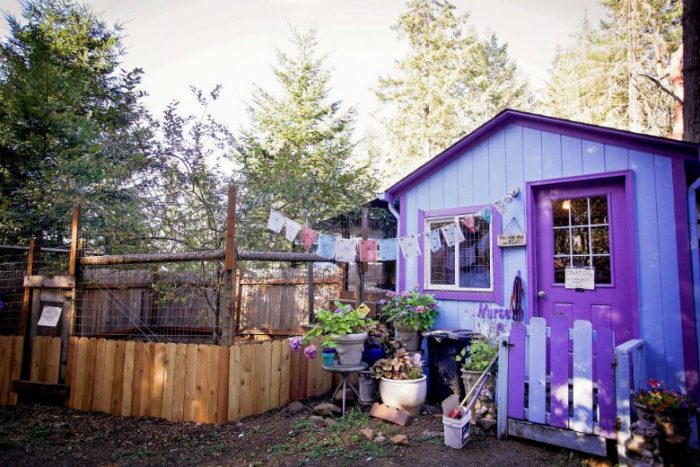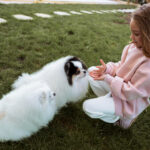Go to any local shelter and there’s likely at least one Pit Bull waiting to be adopted. It can take many weeks, even months to place a Bully in the right home. That’s why Luvable Dog Rescue in Eugene, Oregon has taken it upon themselves to make light of a few lucky bully’s living arrangements.
At $10,000 – $20,000 a pop, the rescue has built six tiny cottages that mimic the look, feel, and style of a modern cottage home…albeit a bit smaller. They’re built with two fully loaded individual “bedrooms” to house two dogs.
Equipped with dog beds, televisions, art work, music, even heating and air-conditioning, these cottages are no joking matter.
Form And Function (And Fun!)
As you can see in the photos, these cottages aren’t just stylish buildings that replace drab kennels. The cottages are genuine replicas of a home, which provides a homelike, peaceful environment for the Pit Bulls to partake in activities that prevent depression and boredom (two traits common among the breed).
Comfort aside, the tiny dog houses are also built for function. Liesl Wilhardt, the founder and executive director of Luvable Dog Rescue, spent years raising funds for the project and researching a logical design.
‘“There are basic guidelines to creating a space for animals that is functional and easy to clean but also pleasant for the animal to live in,”’ she told This Dog’s Life.
In Case A Tiny Cottage Wasn’t Enough…
Settled on 55 acres, Luvable Dog Rescue has more than enough space for the dogs to run, play, hike, and exercise. Each dog gets a 45-minute walk per day, sometimes two!
When they’re not tending to their homes, that is…No cars, no sidewalks, no leashes…55 acres for a dog to run free is every dog lover’s/dog’s dream.

Most of my day is spent playing with dogs. When they nap, I’m here working on my blog. You’re welcome to reach out and connect with me.


















